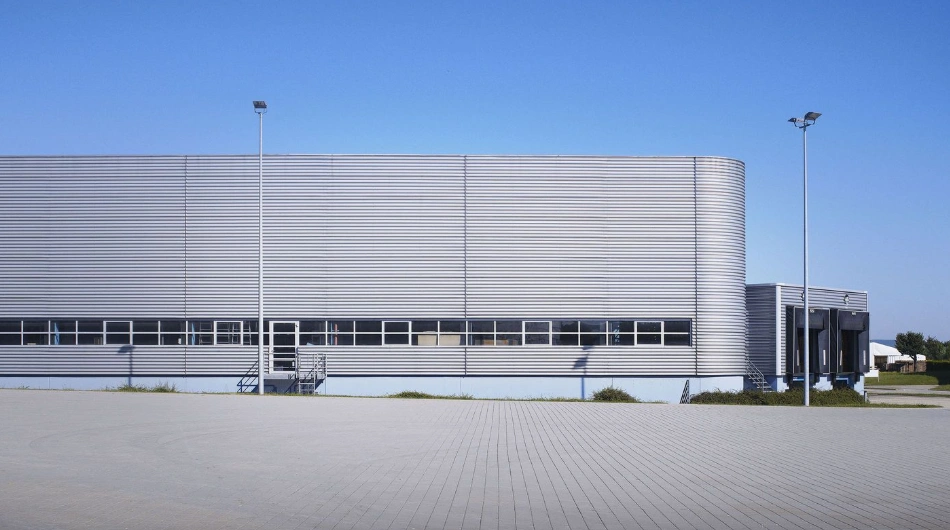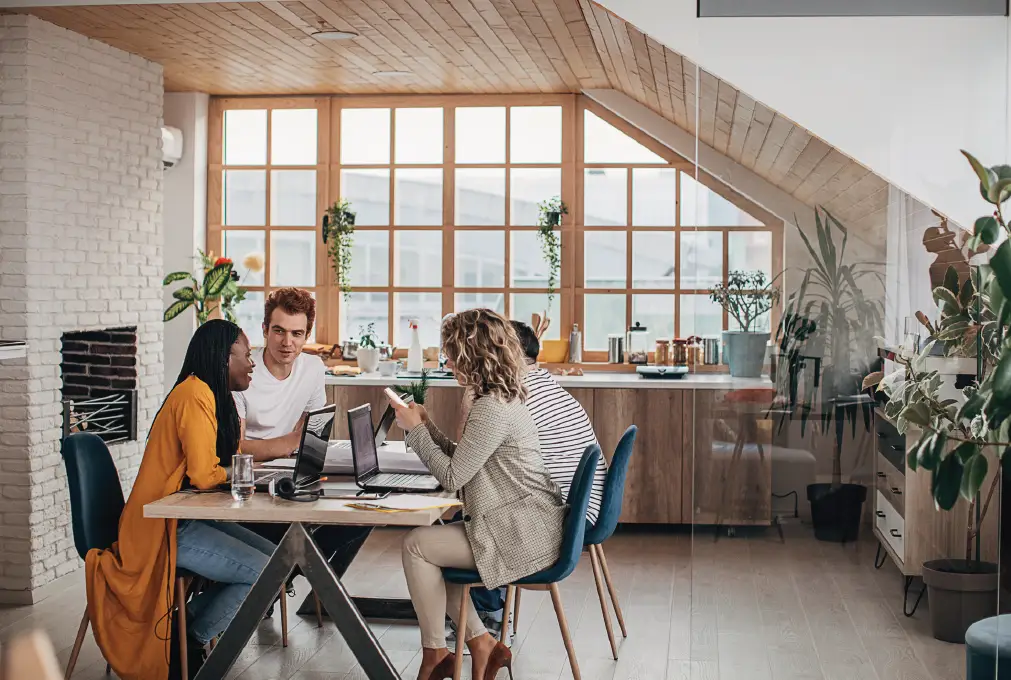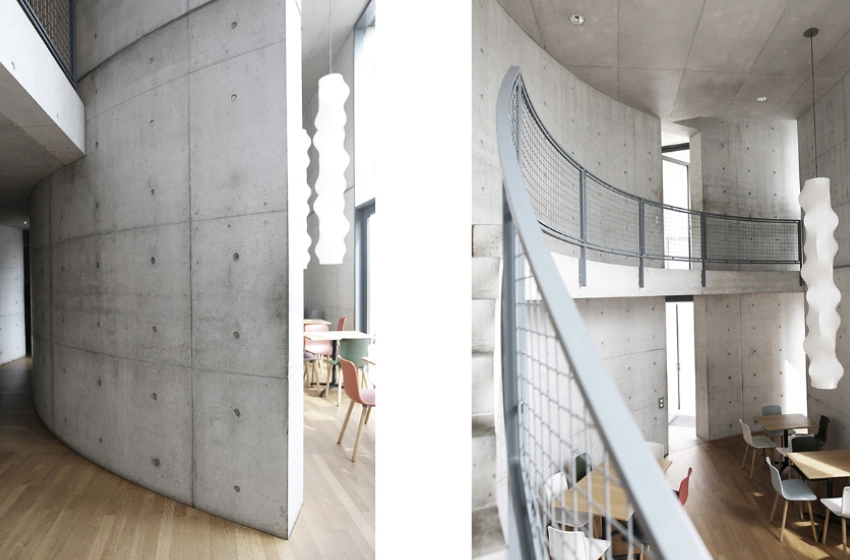Fun office design is not just a trend, but a necessity in modern workplaces. Learn how to use corporate furniture to create external areas that boost employee creativity, performance, and communication.
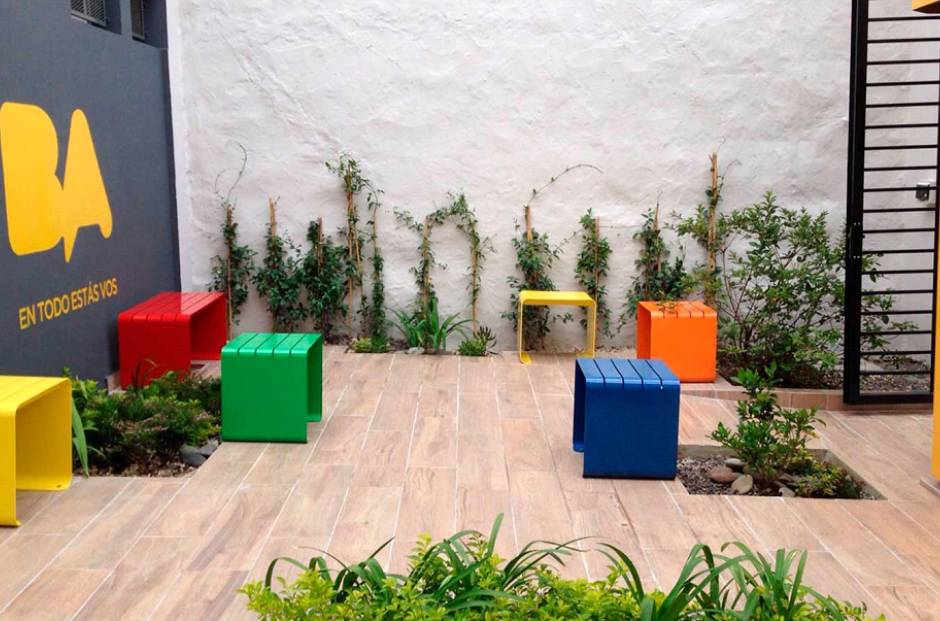
The Importance of External Space
In an increasingly fast-paced world, having a work environment that encourages creativity and well-being is crucial. Well-designed outdoor spaces can function as an office extension, making the environment more inclusive and stimulating. But how do you create that perfect space?
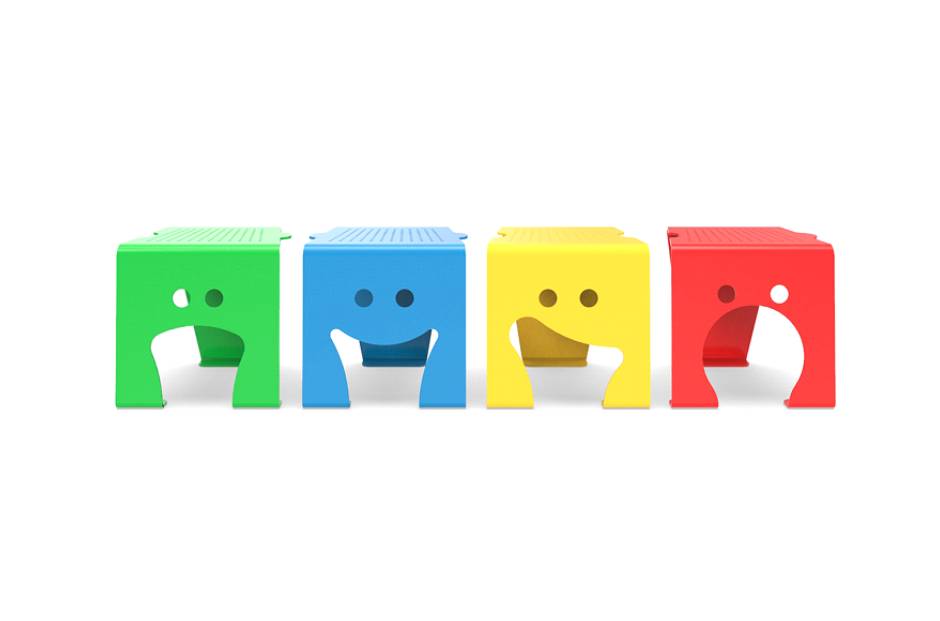
The Art of Creating a Fun Office Layout
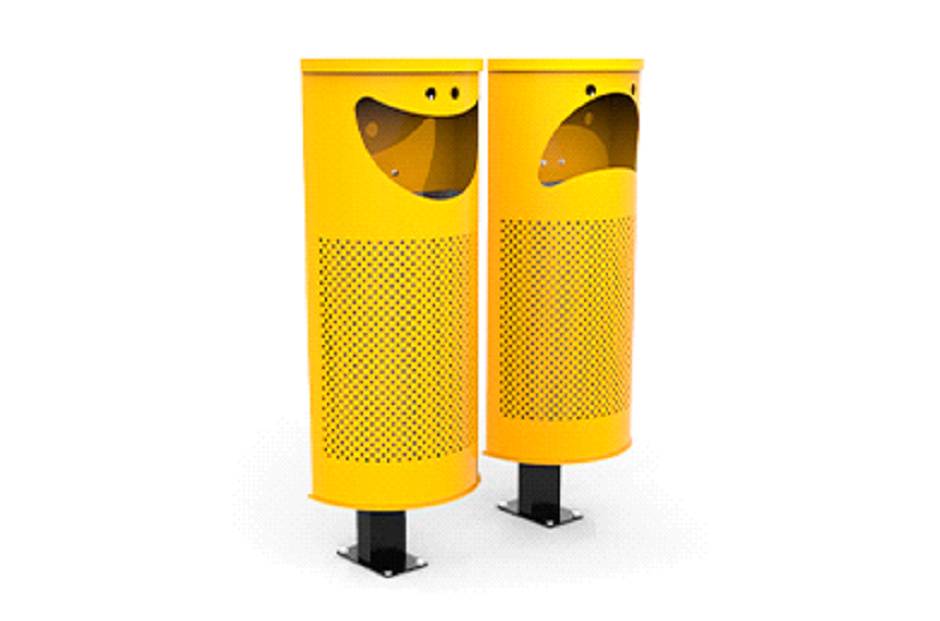
Planning and Activity Zones
Open Spaces: Ideal for brainstorming and collaboration
Open spaces have gained notoriety as the ideal setting for stimulating brainstorming and collaboration in modern workplaces. Large companies like Facebook and Google have adopted this design approach, eliminating traditional physical barriers like cubicles and closed rooms to promote free and dynamic interaction between employees.
This layout allows people to move more freely, facilitating spontaneous conversations, quick sharing of ideas, and interdisciplinary collaboration. This creates a more conducive environment for innovation, allowing teams to solve problems more efficiently and creatively.
Open spaces in office environments are not limited to the interior; Outdoor areas are also becoming essential for fostering brainstorming and collaboration. Companies like Facebook and Google extend the concept of open spaces outside of buildings, offering terraces, gardens, and courtyards that are equally equipped to enable effective collaboration.
These outdoor environments offer a refreshing change of scenery and the chance to interact with nature, which multiple studies show can improve creativity and well-being. They serve as flexible extensions of the internal workspace, offering fertile ground for innovation, away from the typical distractions of a conventional office.
However, as with indoor spaces, the design of these outdoor areas needs to be carefully considered to maximize their potential. Innovative companies not only offer comfortable furniture in their outdoor areas, but also include features like high-speed Wi-Fi, electrical outlets, and even outdoor whiteboards.
For example, Google has outdoor areas designed to be both places of relaxation and meeting points for brainstorming and discussing projects. This balanced approach allows employees to choose the environment that best meets their needs, whether it’s focused on intensive collaboration or solitary focus in nature.
Enclosed Spaces: For activities that require focus and concentration
Innovative companies take a holistic approach to workspace design, realizing that different tasks and moods require different environments.
Open spaces can be great for fostering a culture of collaboration and innovation, but these companies also understand the need to provide “war rooms” for intensive brainstorming, phone booths for private calls, and breakout areas to recharge.
For example, companies like Airbnb and Twitter include war rooms that are equipped with floor-to-ceiling whiteboards, monitors for video conferencing, and comfortable seating, providing a dedicated space where teams can dive deep into complex issues without interruption.
This balanced approach serves to maximize the benefits of collaboration without sacrificing the need for individual focus and privacy. Including more private or specialized spaces allows employees the flexibility to choose the most appropriate environment for the task at hand.
Salesforce, for example, includes quiet, comfortable breakout areas alongside its open spaces, allowing employees a place to relax and recharge when needed. These multiple space options ensure that no matter what type of work needs to be done, there is a suitable environment to do it effectively.
Leisure Areas: Think games, ping-pong tables, or comfortable benches
In addition to stimulating creativity, leisure areas also have a significant impact on employee well-being. The simple act of getting up from your desk and engaging in a playful activity can reduce stress and improve mental health.
Companies like Spotify and LinkedIn offer a range of options, from comfortable benches where employees can read or take a mental break, to ping-pong tables and video games for a more active form of decompression. These spaces offer employees a way to briefly disconnect from work so they can return to their tasks with a clearer, more focused mind.
It is interesting to note that leisure areas can be as diverse as the companies that house them. Some may focus on more physical activities, such as gyms and running tracks, while others may include calmer, more introspective spaces, such as meditation gardens or reading areas.
What all of these companies have in common is the recognition that employee well-being and creativity are invaluable resources that deserve to be cultivated. By investing in well-designed play areas, these companies are effectively investing in their own innovation and long-term success.
Flexible Furniture
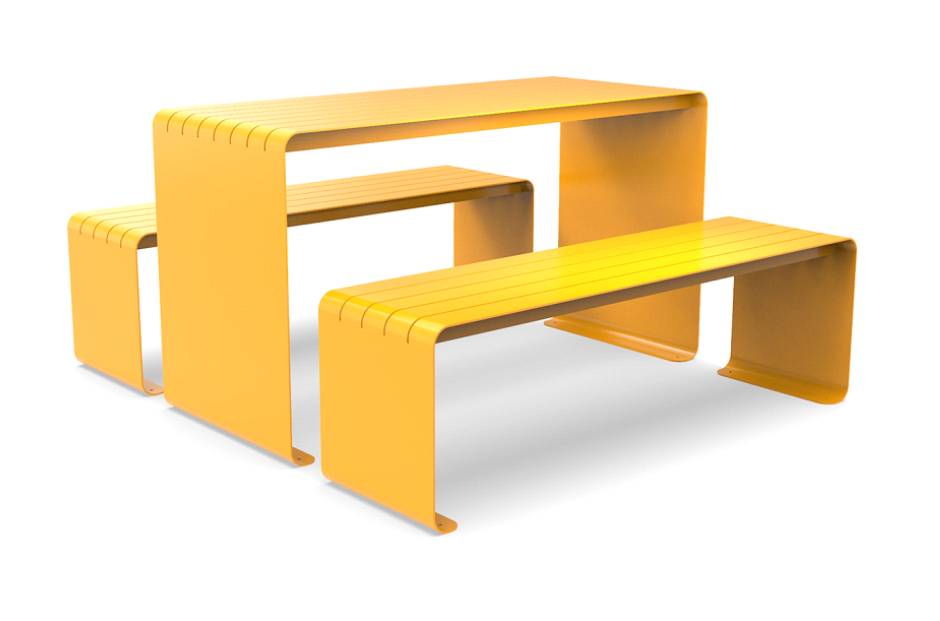
Choosing furniture that can be easily moved allows more adaptability in the space for different activities.
Flexibility in the work environment is increasingly valued, and the choice of furniture is a central pillar of this trend. Microsoft, for example, designed its office spaces with furniture that can be easily reconfigured. This allows teams to quickly adapt their workspaces for various activities, whether they’re brainstorming meetings, presentations, or tasks that require deep focus.
The ability to change your office layout in the blink of an eye becomes a valuable asset, offering an environment that can be customized to suit the changing needs of projects and teams.
Another company that makes strategic use of easily moved furniture is IBM. In its innovation centers, the design includes tables and chairs with wheels, as well as modular panels that can be rearranged to create new workspaces or meeting rooms. This not only optimizes the use of space but also encourages collaboration among employees. The flexibility offered by these designs allows workers to more easily adjust to different team dynamics and project demands, improving efficiency and communication.
Salesforce, known for its employee-centric company culture, also integrates mobile furniture into its offices. In addition to providing comfort with ergonomic furniture, Salesforce uses multifunctional spaces that can be adapted for a variety of uses, from training sessions to social events for the team. This multifaceted approach to office design not only improves employee satisfaction but also allows the company to make the best possible use of its real estate space, easily adapting to new needs and circumstances.
The Relationship between Fun in Corporate Architecture and Creativity
The Psychology of Space
Workspace architecture and design have a direct impact on employee creativity and productivity. Elements such as vibrant colors, innovative shapes, and even the presence of plants can make a significant difference.
A study from Exeter University shows that open spaces, especially those that integrate natural elements like plants, can increase employee productivity by up to 15%. Based on these findings, companies like Amazon have invested in outdoor areas that incorporate biophilic design, like their plant spheres in Seattle, to create environments that encourage well-being and productivity.
Color and design also play a role in outdoor spaces. An article in the “Journal of Environmental Psychology” highlights that open area design, which promotes free movement and interaction, can create a more collaborative environment and encourage creativity. Companies like Google have outdoor spaces that utilize a strategic color palette and furniture that encourages the exchange of ideas and collaboration among employees, applying similar principles to their interiors.
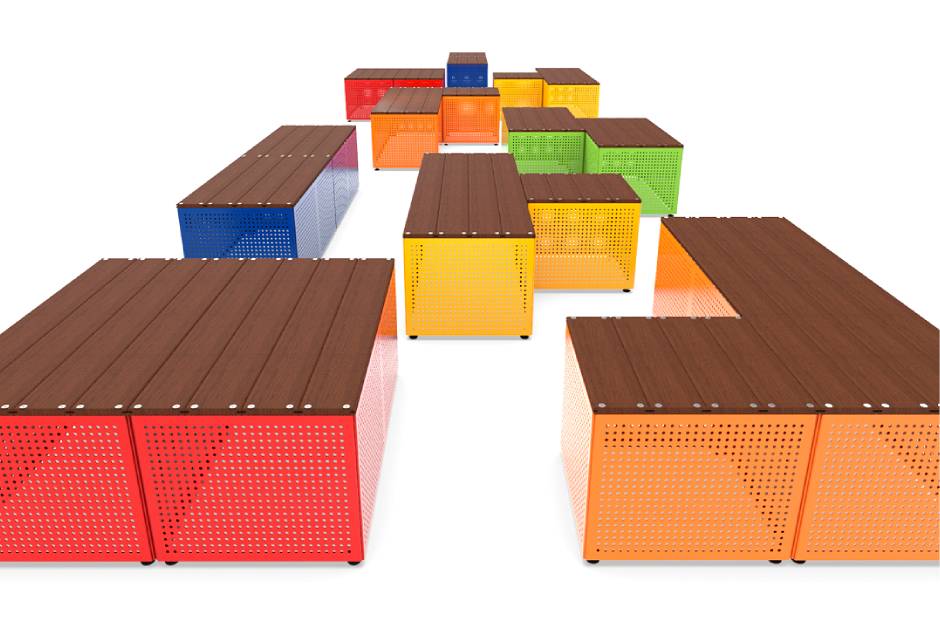
Finally, the layout and type of furniture selected for outdoor areas can also affect engagement and creativity. A study published by the University of Texas showed that vibrant colors and innovative shapes in outdoor furniture could have similar effects on indoor spaces, such as increasing concentration and stimulating creativity. This has been seen at companies like Spotify, which include comfortable lounges and outdoor spaces with flexible furniture, allowing employees to choose the type of environment that best suits their work needs.
Creativity and Collaboration
Implementing fun and playful spaces can not only increase creativity but also communication and collaboration between team members.
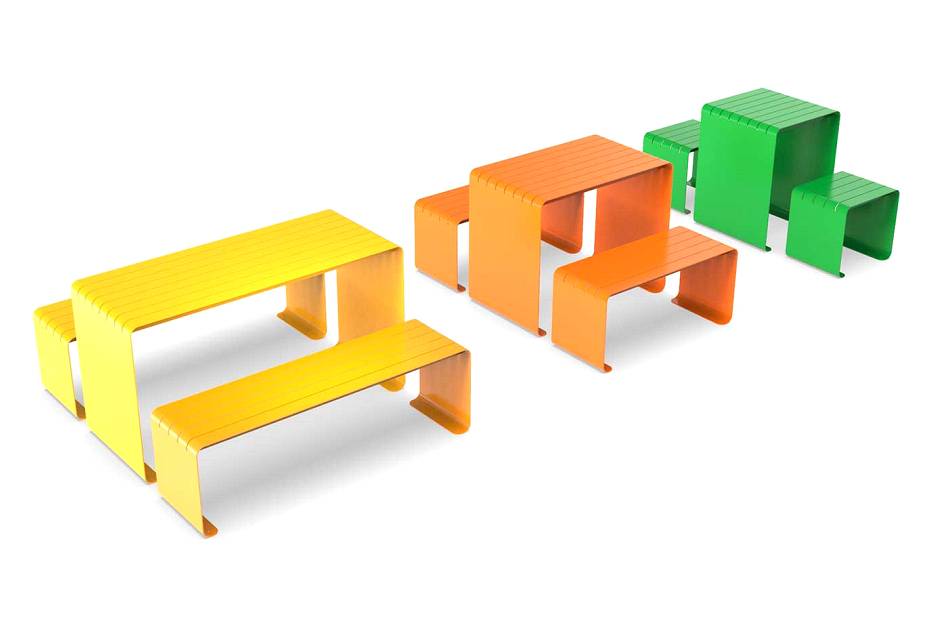
Essential Furniture for Outdoor Spaces
⦁ Community Tables: Encourage collaboration and networking.
⦁ Ergonomic Chairs: Comfort is key to focus and creativity.
⦁ Sun loungers: For moments of rest and relaxation.
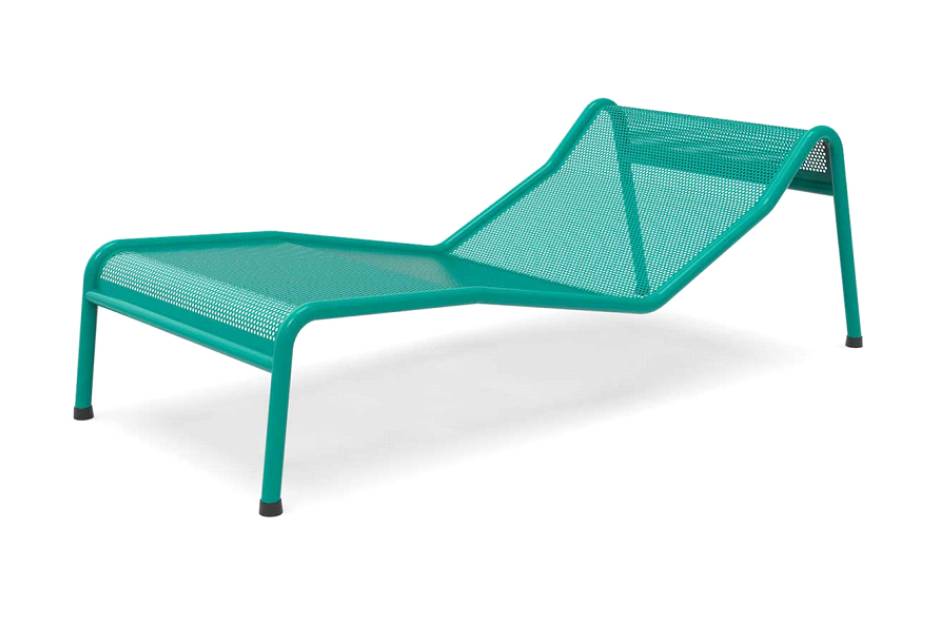
Success Stories: Companies that Stand Out

Google is often held up as a gold standard when it comes to fun enterprise architecture. The technology giant was one of the pioneers in creating work environments that go beyond conventional offices, incorporating playful elements such as slides, pool tables and even climbing walls. These spaces are not just “gimmicks”; they are designed with the aim of fostering a culture of innovation and creativity. Employees are encouraged to take breaks and interact in informal settings, which the company says helps foster more open and collaborative thinking, crucial for complex problem-solving and innovation.
But what makes Google a success story is not just the “fun” factor itself, but how it is expertly integrated into a larger employee well-being and productivity strategy. In addition to the playful elements, the company also offers quiet spaces for meditation, cafeterias with healthy options, and even massage services, all designed to create an environment where employees can feel good and, consequently, work more effectively. This holistic approach demonstrates that a fun work environment does not exclude, but rather complements, a high-performance culture.
The result of this design philosophy is evident in the company’s consistently high levels of employee satisfaction and the company’s impressive rate of innovation. With an approach that balances both well-being and creative freedom, Google not only sets the standard for what a workplace can be but also proves that it’s possible to have an office that’s as much a space for fun as it is a space for fun. engine for world-class productivity and innovation.
Spotify
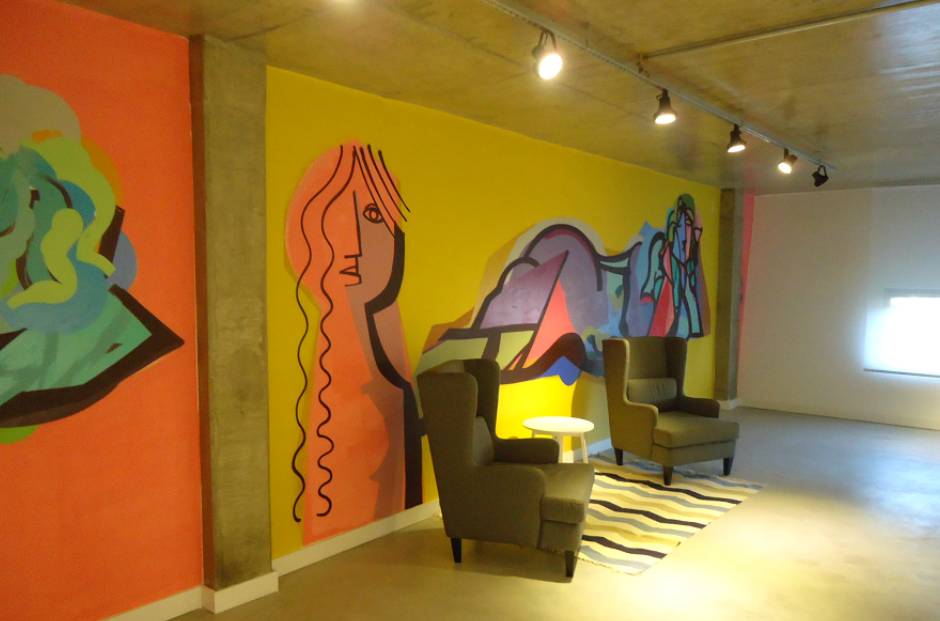
With open areas and comfortable lounges, Spotify demonstrates the power of a fun office layout to spark creativity.
Spotify is a company that has captured the essence of the power of a fun office layout to foster creativity and innovation. With its open spaces and comfortable lounges, the music-streaming giant provides an environment that is not only aesthetically pleasing but also highly functional in terms of stimulating creativity. Instead of confining its employees to cubicles or closed offices, Spotify opts for a more open space design where interdisciplinary teams can collaborate freely. This promotes a sense of community and belonging, essential to fostering a culture of innovation.
Spotify’s interior design also includes several lounges and lounging areas that are anything but traditional. From comfortable sofas to cozy coffee shop spaces, these areas provide a refuge where employees can step away from their desks and enter a space that’s conducive to free thinking and creativity. These spaces are especially valuable for activities such as brainstorming or simply taking a break and recharging, which can be crucial for maintaining high levels of productivity and well-being.
What makes Spotify’s office layout particularly notable is how it perfectly aligns with the brand’s identity and the nature of the work being done. For a company that lives and breathes music and creativity, having a space that encourages these same values is vital. By opting for an office design that is focused on promoting creativity and collaboration, Spotify not only improves the well-being of its employees but also positions itself as a leader in how to create work environments that are tailored to the needs and aspirations of a modern and innovative workforce.
Why Invest in a Fun Office Project?
Investing in a fun and inclusive office design is not just a trend, but a smart strategy to stimulate creativity, improve communication, and, ultimately, increase productivity. Don’t underestimate the power of good design and appropriate furniture in transforming the workplace into a place where people not only work but also play and thrive.
Take advantage of these tips to transform your outdoor space into an environment that is pleasant, functional and, of course, fun!

